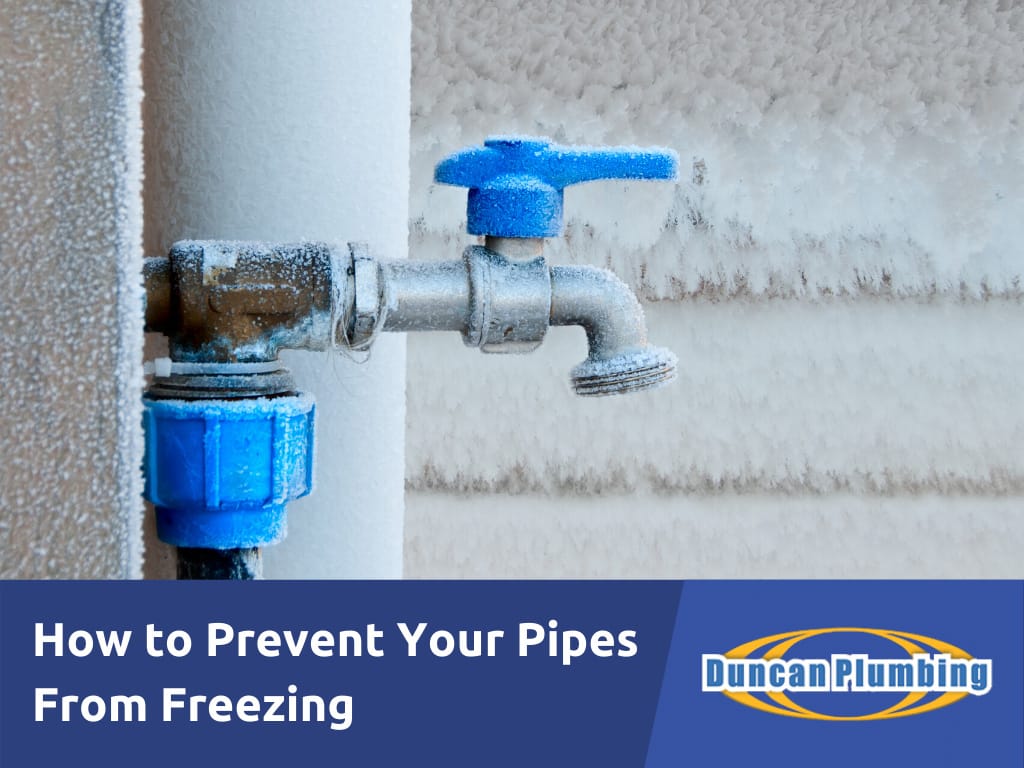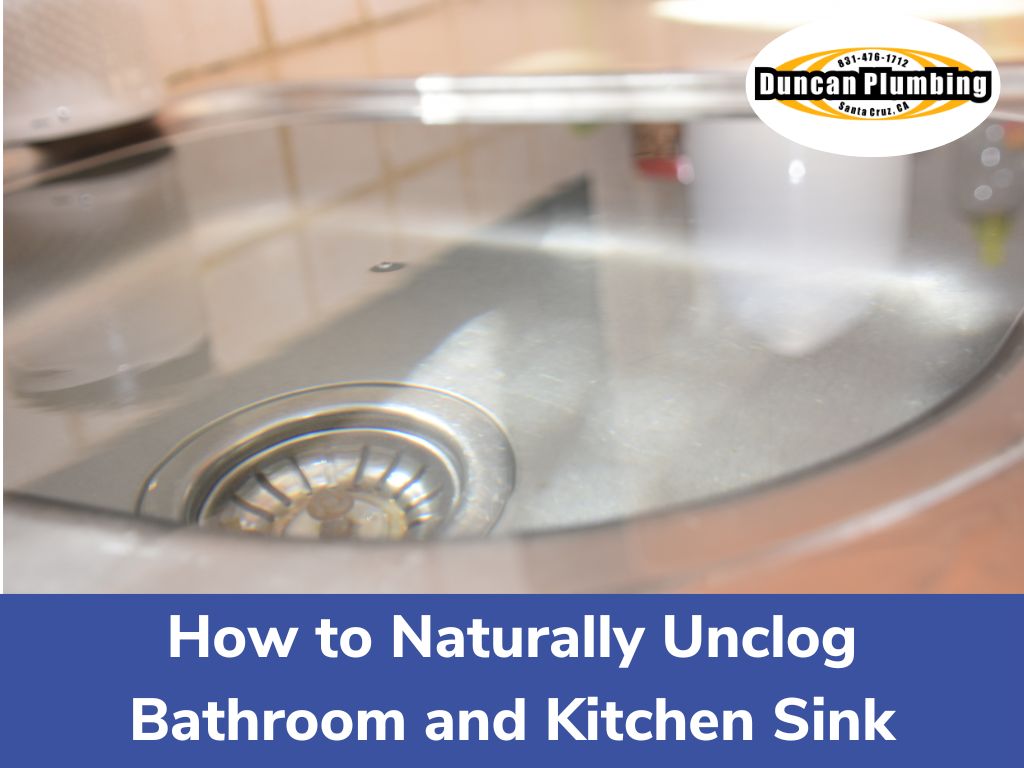How to Prevent Your Pipes From Freezing?

As we approach winter, we are forced to adapt to long nights, chilly temperatures and large heating bills. One thing that you should be thinking about is the pipes in your house freezing. Even if it’s not ideal, you might need to pay for plumbing services.
This is a very real and quite serious problem that can occur with the pipes in your home. It is probably one of the most damaging things that can happen, too, should it occur to its fullest extent. Extreme temperatures may result in pipes freezing. Due to the pressure, they face when frozen, they can burst.
Burst pipes can lead to flooding, water damage, and a range of other major issues. This includes structural damage within your home, vast water loss and the potential for mold to grow.
Need water pipe freeze protection this winter? Here’s how to keep plumbing problems at bay in the upcoming months.
Also Read: 10 DIY Plumbing Tips That Will Save You A Lot Of Time And Money
What Causes Frozen Pipes?

There are a few things, other than exposure to chilly weather, that can cause a water pipe to freeze. These include:
Lack of Proper Insulation
The rule is not just ‘the colder the climate, the more susceptible a pipe is to freezing’. Some pipes in slightly warmer climates are actually more liable as they usually aren’t made with the appropriate insulation for unseasonably cold weather.
Pipes on Exterior Walls
Pipes that are on or close to the outside of the property are the most likely to freeze. Garages and attics are common places for exterior pipes.
Pipes in Unheated Parts of the House
Think of the places in your house that are subject to very cold walls or even mold. These are likely to be utility rooms, rooms on the outer edge of the house or a veranda or porch.
Unused Pipes
If the water pipes in your home are going unused then this can make them prone to freezing, because no heat is coming in. If you’re planning on going on vacation, or visiting family for a period during winter, then you must take precautionary measures.
Let’s have a look at the measures you can take to protect and prevent your pipes from freezing this winter.
How to Protect Pipes from Freezing

- Insulate Pipes: One useful way to prevent plumbing problems will be to get the right insulation. Rooms such as basements, attics, and crawl spaces will need insulation the most, but this depends on your property’s layout. Fiberglass and foam rubber are the best materials to insulate pipes with, especially exposed pipes. Adding insulation to a pipe will keep them warm and match the temperature of the water running through. This, however, can be expensive if walls and ceilings have to be opened in order for the work to be done.
- Seal Leaks and Cracks: Look for a section of the pipe that may have a hole, gap, crack or leak. This could be letting cold air in and this will make it more prone to freezing. Spray foam insulation or caulk are good materials to use to seal a crack. You can do it yourself, or you can hire outside help if you are unsure of the job.
- Run Water Through the Faucet: The pressure that may build up and lead to a frozen pipe can be alleviated by allowing your faucet to drip.If you have a hot and cold water faucet, leaving both to drip slightly will be beneficial. If you have a single faucet mixer, usually found in the kitchen, run the water warm. Warm water running through the system will help thaw a frozen pipe.
- Add Heating Tape: The heating tape acts as an electric heat source when your pipes need it. There are two types of heating tape:
– One type of heat tape provides heat when it senses that it is needed.
– The other must be manually switched on and off.
This doesn’t need to cover the full length of a pipe either, just the section that needs it most.
Ensure that you get these products approved by testing organizations and fitted correctly. These kinds of electrical goods can be dangerous if not used properly.
- Keep Rooms Warm: Keeping rooms warm will help prevent the freezing of pipes and thaw any existing ice. Try to keep your thermostat at a regular temperature. During the night you may be tempted to keep it off, but if you know that parts of your house are at risk from the cold weather, then keeping a mild temperature is best. Space heaters are an excellent and powerful source of heat that can warm a room up quickly and thoroughly. They are also portable and can be moved to any part of your home that requires it. They’re not too expensive either and can be used as and when needed.
- Open Doors: Opening cabinet doors, where pipes are often located, can prevent the temperature in these cabinets from getting too cold. Opening the doors will allow heat to circulate from other parts of the house and keep pipes warm.
Thawing Frozen Pipes

If no water is coming out of your faucet, or it’s just a slight trickle, then your pipes may be frozen. However, do not worry. Just because your pipes have frozen, this doesn’t mean they have burst yet. Here are some ways to help thaw your pipes.
- Let the faucet run. Make sure you turn on the hot faucet and keep it running until something comes through. This will bring the warmth you need to your pipes.
- Heat the pipe. There are a couple of ways you can do this, but be careful and don’t use unsafe measures like a flame or torch. You may be able to use a hairdryer or an electric heating pad that you can wrap around the affected area (if you can access it).
- Get in touch with a plumbing contractor. If you are still unsure of the best way to prevent pipes from freezing, an experienced plumbing company can help you. This is especially so if you cannot access your pipes to give them a bit of heat.
We Take Care of All Your Plumbing Needs.
Request Service












